Surfing world is full of passionate men and women. We see some of them fighting for the world title. But there are much more of them out there, in big surfing cities and small coastal towns doing different things than taking part in WSL tour. I’ve learned that their stories can be very interesting and inspiring. I would like to bring those stories to light. I’ll start with Andy, founder of the Oceano Surf School in Conil.
At the age of 19 he left his home in Blackpool, England for a trip to Spain. Only by luck he found himself on the beach in Conil de la Frontera, 40 kilometers down south from Cadiz. He stayed and started one of the first surf schools in town. I had the pleasure to surf with him and talk about surfing.
Son of a Beach: When was the first time you came to Conil?
Andy Bottomley: I was surfing a lot when I studied in Cardiff University. One day, in 1997, together with my friends we decided to do a winter trip to Spain. We borrowed the car on the East Coast of Spain and we drove it all the way across to Tarifa where it actually broke down. We left it there to repair and we took a bus to Conil to have a little look around. I remember that it was a day of sunshine, offshore winds and the waves were just beautiful. They reached 1-1,5 meters high. The original intention was to go to Portugal but we ended up staying here for two weeks. We got a perfect swell, perfect waves and perfect weather.
SoaB: How did you hear about the town?
AB: We didn’t really hear about it. We kind of stumbled across it. We had this guide book that had very limited information about beaches in this part of the country. We knew that there was a beach called El Palmar and that there are waves in Barbate but the guide was mainly focused on the southwest of Portugal and Morocco. There were really not much information about this area. It was just really purely by luck that we were here at the time of the swell. We saw how good the waves could really get and we were amazed. Back home we had pretty decent waves but coming here, where skies were blue and the weather was perfect was an eye opener for us.
SoaB: How old were you at that time?
AB: I was 19.
SoaB: Was that the moment when you decided to start your Surf School?
AB: The school was the way to sustain a lifestyle. Being a traveling surf gypsy is one thing but then having to pay the bills is another. So, of course, I would rather to stay traveling surf gypsy all my life but having mortgage and kids doesn’t really fit in with that lifestyle. So the surf school was born.
SoaB: Was that your first job here in Spain?
AB: Yeah, that was my first job here.
SoaB: And you’re still in that job!
AB: Yes, I’m still in that job. That is called a job satisfaction (laughs). I met my partner here and she really helped me with the business side of it. She is a local from Conil and she understands how the rules, regulations, laws and politics work.
SoaB: Is it hard to open that kind of business here when you’re a foreigner?
AB: Yes. Even for a local person it is hard. The surf school market is so undeveloped here, in this part of Spain. There isn’t actually a legal infrastructure in place for you to have a legal business. We actually had to help the politicians create a legal infrastructure. And we’re still in that process. When we first came here we were one of the first surf schools. Few years ago we’ve made an association of 10 surf schools and we collaborate together with the town hall and that works well.
SoaB: What are the needs of surf schools here in Conil?
AB: Initially it is to be able to work in a safe place on the beach where you’re not gonna be crashing into bathers. In the coastal zone most recreational activities have conflicts. Think about fishermen, kanoers, windsurfers, body boarders and bathers. So, traditionally the swimmer or the bather has been given prime importance in Conil and everything else has been actually sort of sideline so to speak. We’ve managed to work in collaboration with the town hall to zone certain parts of the beach to be able to give surfing lessons.
SoaB: What beaches are used for surfing lessons in the area?
AB: During summer the habitual beach is between El Palmar and Conil. It is called the Playa del Castilnovo. It is a virgin structure beach with kilometers of interrupted sand and very nice learning to surf waves. We also use Fontanilla beach but only early mornings and when the conditions are stronger – stronger winds and bigger waves.
SoaB: Why it is worth to come here to surf? What’s the specifics of this break?
AB: Conil is a really good destination because in the very short space there are different beaches with different sea floors and different orientation. You can have several different directions of wind and it’s always a spot in Conil that should be working. I would say that for beginner and intermediate surfers it’s absolutely perfect because you can walk out to sort of waves chest depth and you can still get really long rides. It’s a very gradual transition between shallow and deep. The weather is fantastic and it’s still very, very, very unexplored and uncrowded. I’m saying this because one of the most dangerous parts of learning to surf is having lots of people in a small zone. Mixing bathers with learning surfers is a recipe for disaster. Conil fortunately has got enough space and not so many surfers so a beginner surfer can actually focus on surfing instead of focusing on avoiding crashing into a bather or other dangers that are associated with learning to surf.
SoaB: What is the best part of the year to come here for surfing?
AB: I would say that Spring and Autumn. The weather is good. Still not busy. You’re still getting some nice winter swells.
SoaB: You’ve been surfing for at least 20 years. What would be your advices for beginner surfers?
AB: Be consistent and have very humble and open interpretation to surfing. Stick with the right equipment, stick to the right place. Don’t go to places that are out of limits for you. And lastly, enjoy it, have fun. It has got to be a fun thing because it is very, very difficult and takes a lot of years to go anywhere with it. So it is crucial to enjoy it. Keeping it fun is a very important aspect of surfing adventure.
SoaB: And what would you say to people who don’t live near the ocean but want to learn to surf and keep doing it?
AB: Firstly, you should do basic fitness at home. Of course there is nothing like surfing but good swimming routine is good to get your heart rate down and train your breathing. Doing that three times a week is a fundamental for you to be ready when time to surf comes. Another thing is having flexibility and core stability. So body control exercises are important as well. I wouldn’t say weights and gym would be that good.
SoaB: When is the time when a beginner surfer can stop taking lessons and go out there alone?
AB: That is always an individual thing. If you’re not used to the ocean you’re gonna have to have somebody with you to help you out with understanding how the ocean works. The rhythm of the waves, the tides, the rip currents, winds. All these different factors that affect your experience. I think that would be even more important before you actually started to surf. Another thing is age. Kids, for example, don’t have that level of self preservation mechanism as adults. Kids are like crazy little things throwing themselves into crazy situations while surfing. An adult would hesitate and think about it.
SoaB: Surfing becomes more popular and more accessible. What do you think about more people surfing?
AB: Of course surfing is getting more and more popular. When I started to surf all we had were magazines that we had to pass to each other. We looked up to those guys watching they surf in different, exotic parts of the world. I still got those magazines in my house. Nowadays with all the different channels of information surfing is becoming sort of normalized. It is normal to see guys like John John Florence, Kelly Slater and other top pro surfers doing crazy things in water. Because you see that so often you can actually relate to that. But when you get yourself into that situation you realize that what they’re doing is very elite. They are like aliens. Those guys are so good at what they’re doing. But that’s not real. Normal person who has a family and job and has to do other things has to take it step by step. If people get the basics down, keep themselves out of trouble and find a good surf school with good surfing course, then I think that it’s a good thing that more of them will surf. My job is to give those people a bridge between their lives and the world of surfing.
SoaB: What is the best thing in surfing?
AB: For me it’s the variety and traveling. I love to travel with surfing. I love that every wave is different, every beach is different. I love meeting people from different parts of the world. I think the best thing ever is when I pack for the trip and it’s like two days of flying (Indonesia is a good example for that) and then that first day when you put your board shorts on and you jump into warm water with this glowing white skin. Everything is different in that moment. This and the dynamic changes of surfing attract me the most.
Visit Oceano Surf School website here
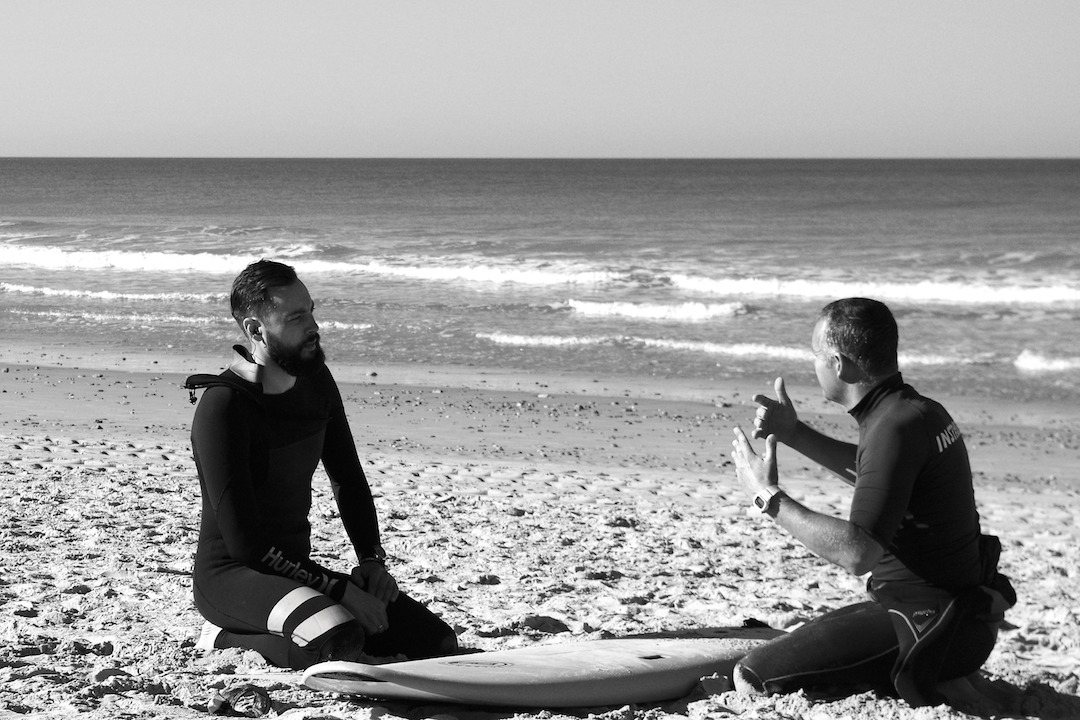
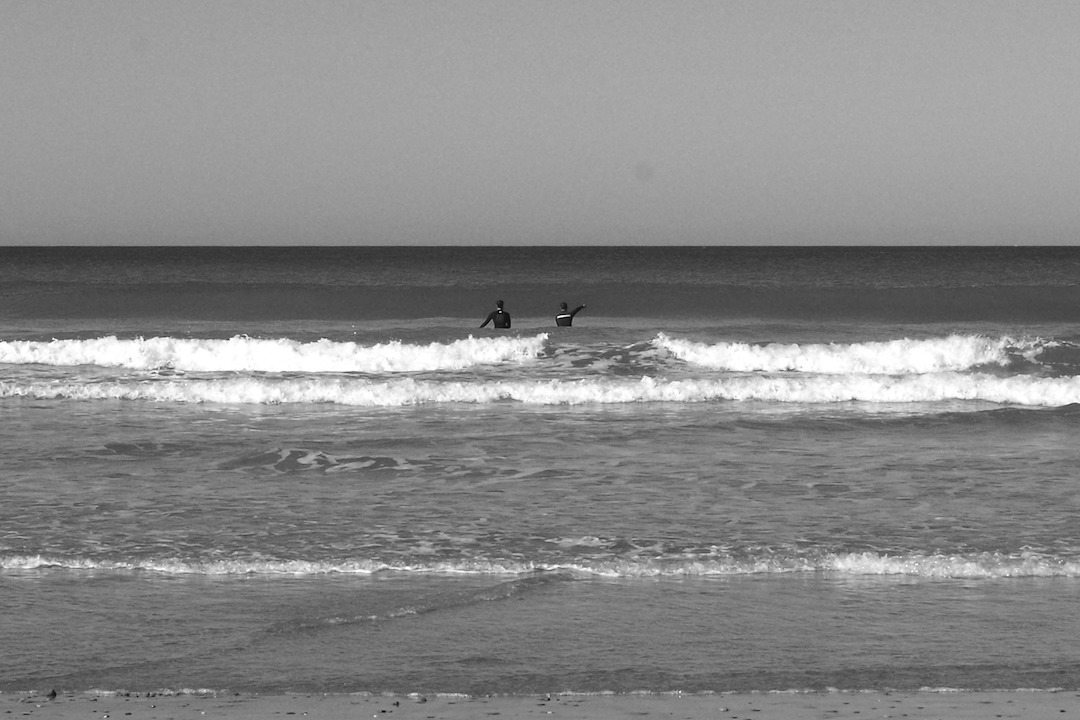
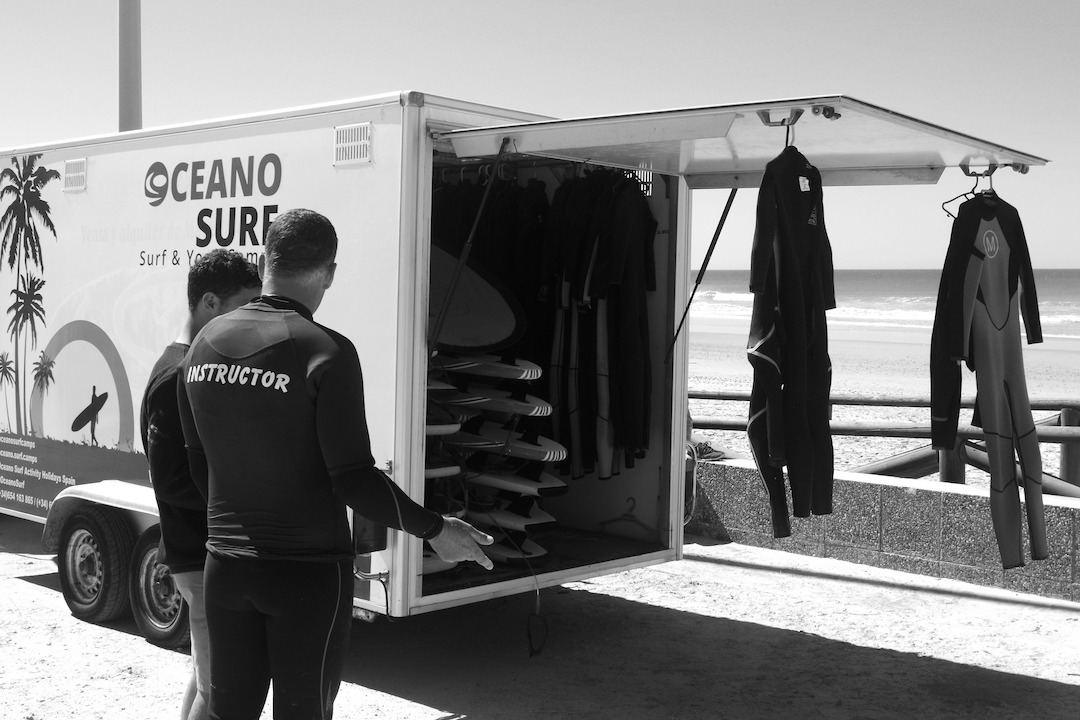
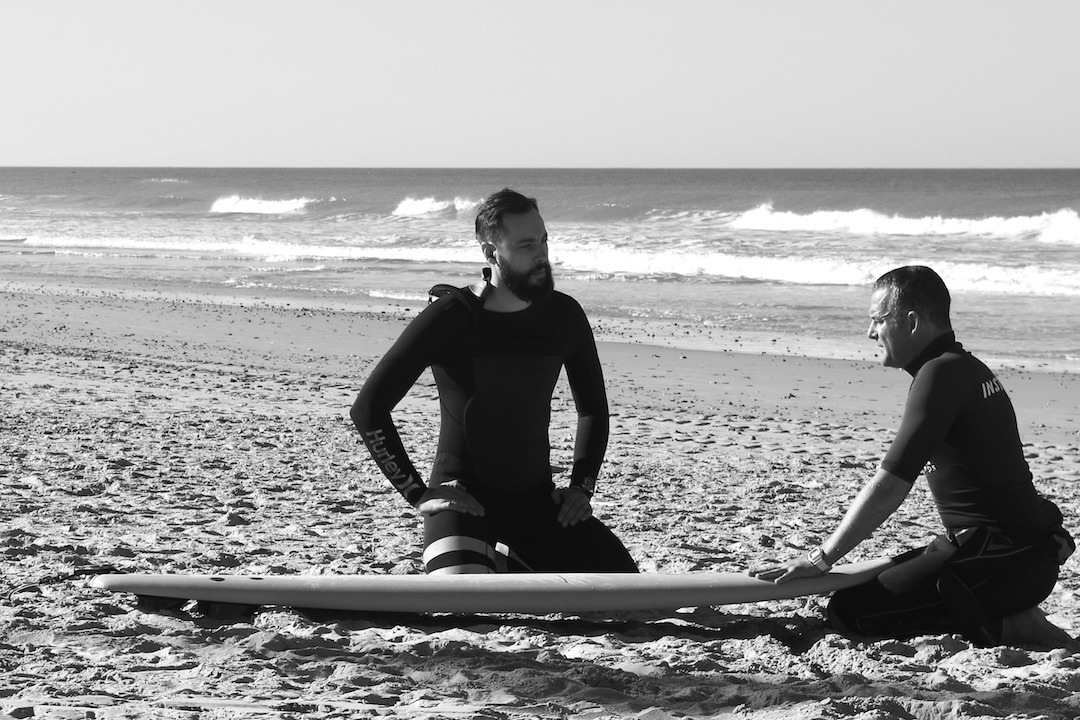
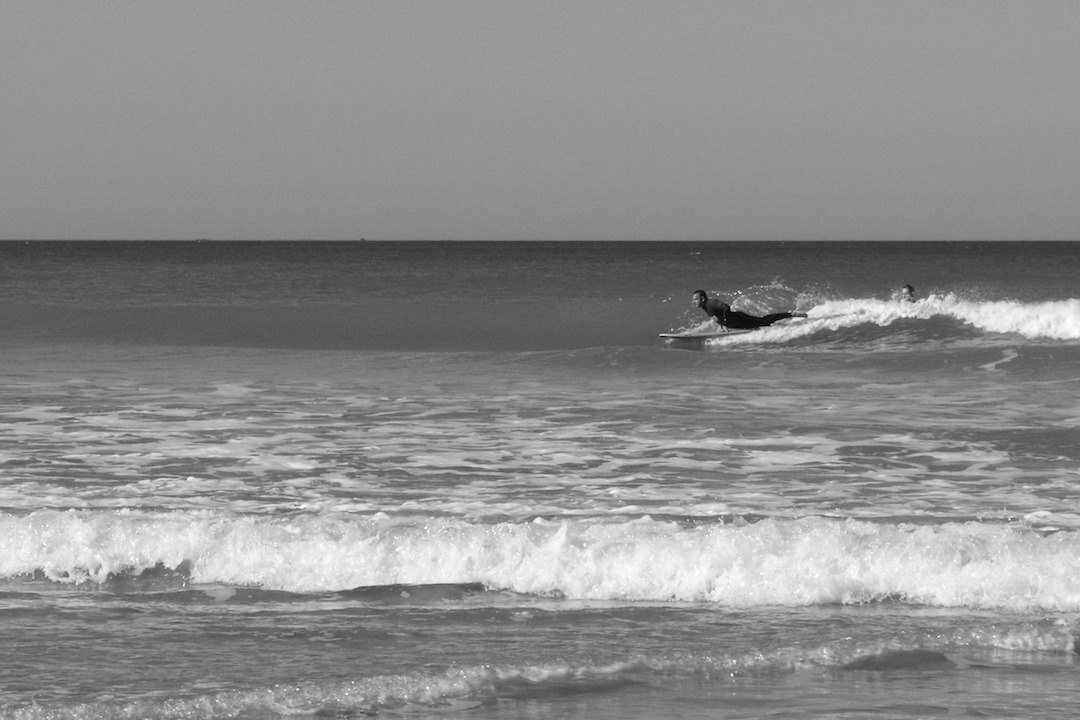
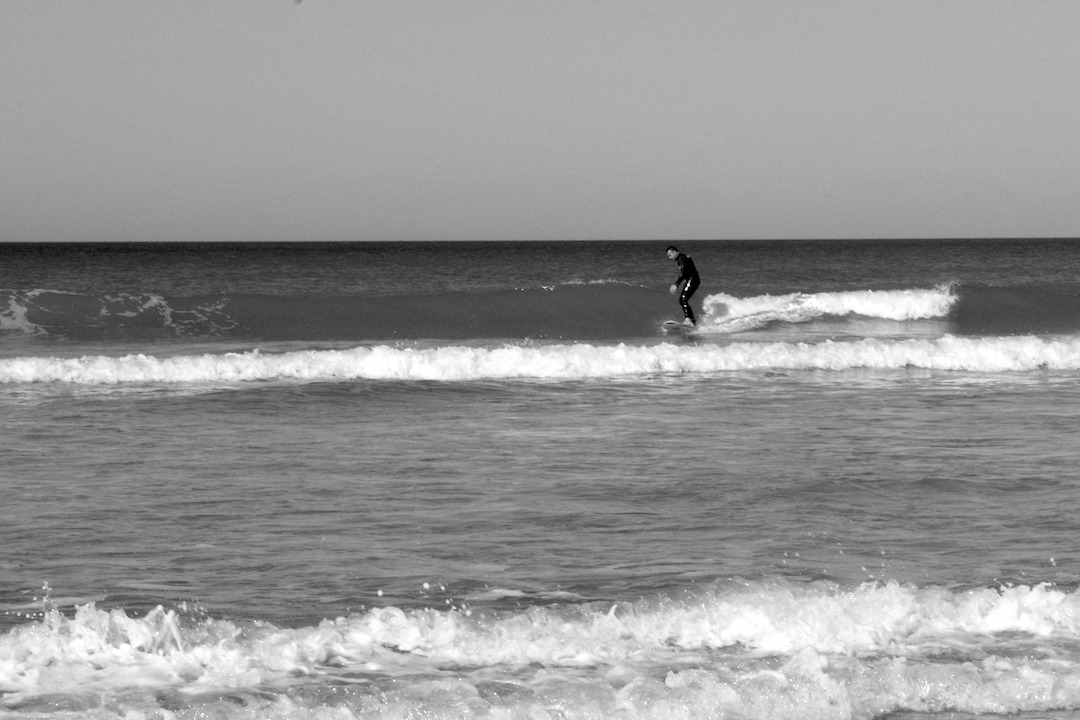
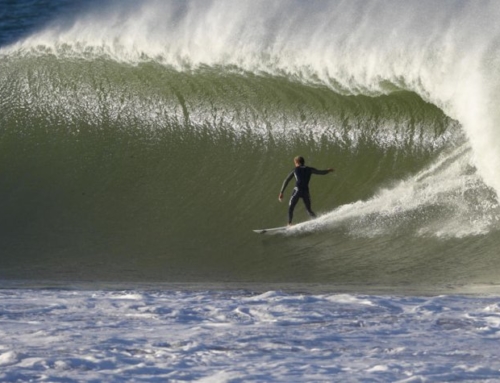
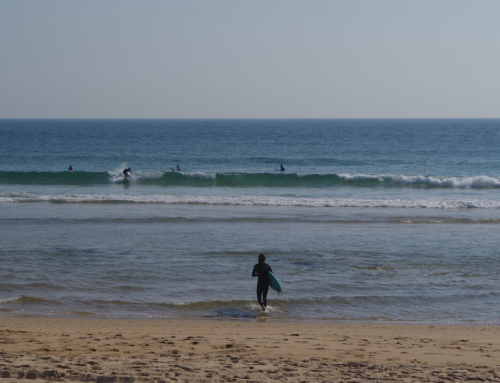
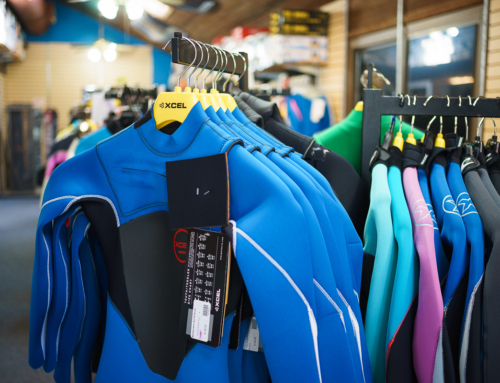
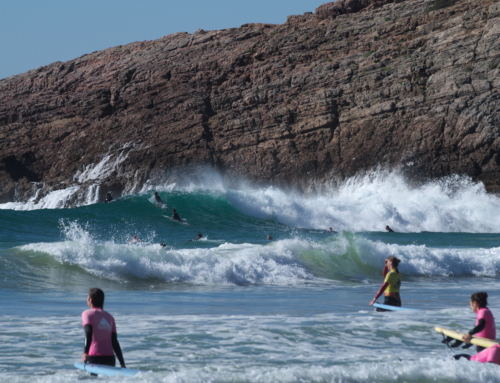
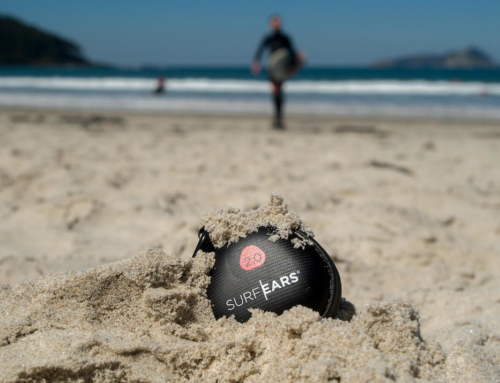
In what ways can schools contribute to mental health awareness among students?, Visit us Telkom University